Description
Buy Blue And Gold Macaw Parrot or blue-and-yellow macaw
Scientific Classification
- Common Name————–blue and and gold macaw, blue-and-yellow macaw
- Kingdom———————Animalia
- Phylum———————–Chordata
- Class————————–Aves
- Order————————-Psittaciformes
- Family————————Psittacidae (true parrots)
- Genus Species—————Ara (macaw) ararauna
Fast Facts
- The Blue And Gold Macaw (blue-and-yellow macaw)parrot with long tail feathers and mainly blue and yellow in color. The forehead is green; the upper part of the body a brilliant blue; the sides of the neck and body is golden yellow. These macaws also have black around chin and cheeks, and the naked skin of cheeks is pinkish-white with lines of very small, isolated black feathers. The blue and gold macaw has a strongly hooked beak and zygodactylous feet (2 toes that point forward and 2 toes that point backward).
- Size————————-Approximately 85 to 90 cm (34 to 36 in.); wingspan 102 to 112.5 cm (41 to 45 in.)
- Weight————————-Approximately 900 to 1200 g (2 to 2.7 lbs.)
- Diet————————-Feeds on seeds, fruits, nuts, and berries
- Incubation————————-Approximately 29 days
- Clutch Size————————-2 to 3 eggs
- Fledging Duration————————-After 4 months; young then remain with parents for up to a year
- Sexual Maturity————————-Approximately 2 to 4 years
- Life Span————————-Up to 80 years
- Range————————-Eastern Panama through Columbia, Ecuador, and Brazil
- Habitat————————-Found in forests and swamps
Fun Facts
Macaws are often monogamous, remaining bonded for life. They are often seen flying in large flocks and the bonded pairs fly close together, their wings nearly touching.
In the wild, macaws often flock to mountains of clay known as “macaw licks.”
When disturbed, these bright birds screech loudly and circle overhead with their long tails streaming.
Macaws are playful and inquisitive and are able to mimic human vocalizations very well.
So macaws are extremely messy eaters – their incredibly strong beaks are perfectly adapted for eating all sorts of nuts and seeds, as seen in their ability to crack open incredibly hard-shelled nuts with ease.
Macaws are able to reach speeds of up to 56 kph (35 mph).
Ecology of the Blue And Gold Macaw
In the course of daily feeding, macaws allow plenty of seeds (while eating, as well as in their droppings) to fall to the forest floor, thus generating much of the forest growth.white boxer puppies,boxer puppies for sale near me,rescue boxer puppies near me,brindle boxer puppies
Temperament
Their sociability and even, sweet disposition makes blue and gold macaws a great pet. Their intelligence, willingness to learn, and talking ability are a plus.
When allowed to socialize with a variety of people, blue and golds do very well adapting to different people and other birds. The blue and gold is a fantastic bird for tricks. They’re a popular headliner at bird shows, and many owners may even take them out around town with the help of bird leashes and car seats.
Around the house, these macaws may act like friendly dogs. They enjoy being near their owners and seek out attention. They are also content on their perch, watching the activity around them.wegovy where to buy
Speech and Vocalizations (blue-and-yellow macaw)
Blue and gold macaws are capable of ear-shattering calls, which are usually not appreciated by close neighbors. They are not the best choice for those who live in apartments and condominiums or if you have small children who are startled by noise.
This bird is a great talker; it can learn quickly and aims to please. Training is relatively simple as long as you are consistent. They can learn a vocabulary of around 20 words and phrases. Given the clarity of their voice, many people consider them one of the best talking parrots.
Caring for a Blue and Gold Macaw
Like most macaws, the blue and gold thrives on attention from its owner and will form a strong bond with its family members. Take time to socialize these birds properly and to provide them with adequate mental stimulation; otherwise, they might resort to screaming out of boredom.
These raucous birds require a cage that is at a minimum at least 5-feet tall and at least 3- or 4-feet wide and long. The bird needs lots of room to stretch its wings, hop and climb around, and keep itself occupied.
Some owners even have a dedicated, bird-safe room. Since these birds gnaw on almost anything, remove electrical wires, jewelry, and wooden furniture.
Another consideration before you commit to getting this bird is the cost of ownership. In addition to the cost of the bird, think about the avian veterinarian bills, high-quality feed, and the accessory costs for a cage, play stand, and toys.
Common Health Problems
Macaws may be long-lived birds, but, like all parrots, they are prone to a viral infection called macaw wasting syndrome and overgrown beaks.
Like other parrots, blue and golds may resort to self-mutilation by feather plucking if they feel neglected or bored.
A well-balanced diet and adequate exercise are necessary to maintain pet bird health. This bird is prone to developing nutritional disorders like obesity, fatty liver disease, and fatty tumors.
Diet and Nutrition of the blue and gold macaw
In the wild, most macaws, including blue-and-gold macaws, eat a variety of seeds, plant material, fruits, and nuts.
Captive blue and gold macaws should get a varied diet consisting of as many different types of fresh fruits and vegetables as possible. The bird should also get a high-quality pelleted diet with some healthy seeds, such as flax, hemp, and chia. Avoid many nut treats; these are high in fat.
Each macaw, depending on its size, will eat about 1/2 to 3/4 cup of parrot mix and about 1/2 to 3/4 cup of fruit and vegetables every day. You can feed it once in the morning upon waking and at dusk before it goes to sleep. Remove all uneaten food before bedtime.
Fruits that are good to feed to macaws include apples, pears, plums, cherries, grapes, oranges, bananas, mangos, papayas, and berries. Healthy vegetables include carrots, sweet potatoes, cucumbers, zucchini, and leafy greens. So never feed avocado, chocolate, or rhubarb; these foods are toxic to birds.4 As an occasional training treat, offer nuts like macadamias, walnuts, pecans, almonds, and hazelnuts. (blue-and-yellow macaw)
Exercise your blue-and-yellow macaw
Blue and gold macaws are active birds. They love to climb, swing, bounce, and chew. Owners should provide a minimum of 2 to 3 hours of playtime outside of the cage each day so that the bird can stretch and exercise its muscles.
These birds have powerful jaw muscles. So chewing and gnawing are necessary to keep their jaws healthy and in shape.
Durable toys are a must, as the blue and gold’s beak is known to be destructive. Provide bird-safe chewable toys made of leather and have extras on hand as they get destroyed.
Exploratory toys with nooks and crannies provide mental enrichment. So the bird uses its big beak to investigate items. A bird gets satisfaction upon breaking things open or pulling them apart. (blue-and-yellow macaw)
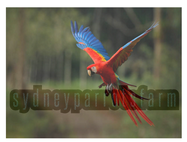



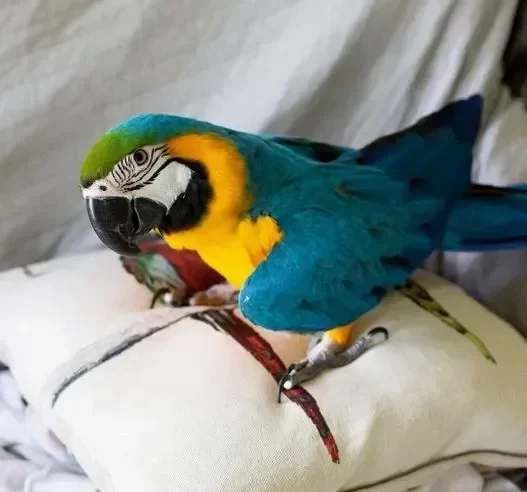
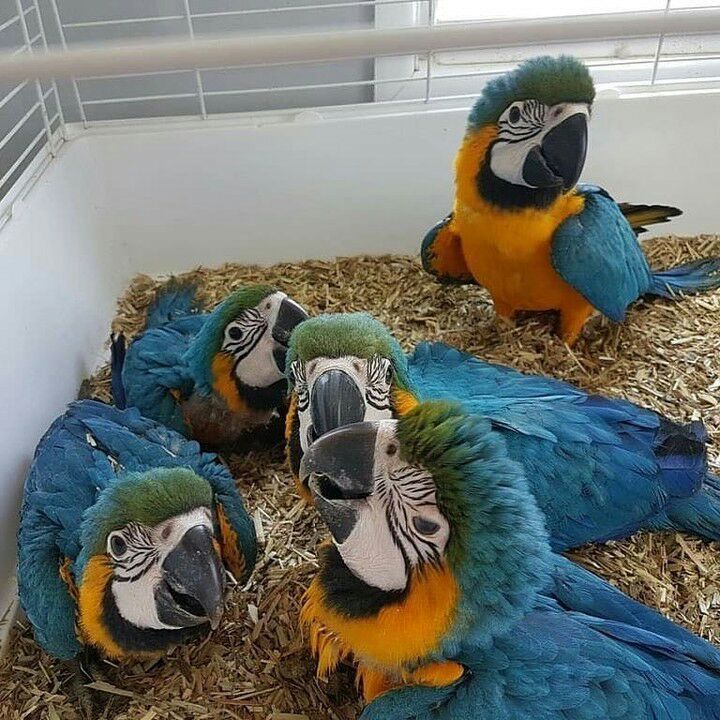
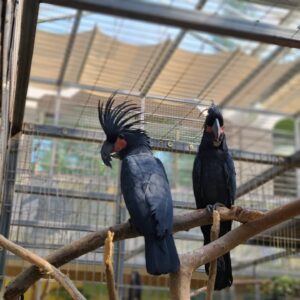

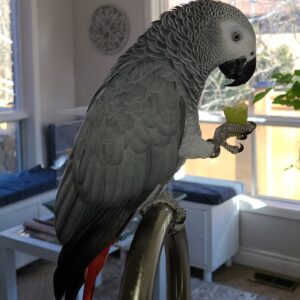
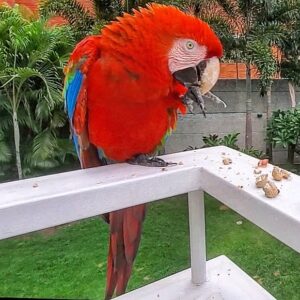
Reviews
There are no reviews yet.